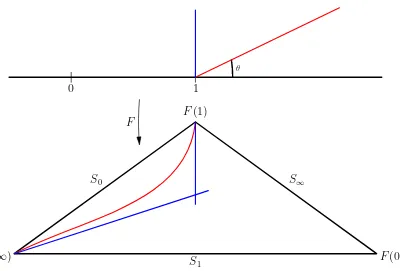getdoc95d0. 337KB Jun 04 2011 12:04:42 AM
Teks penuh
Gambar




Garis besar
Dokumen terkait
Our objective in this paper is to extend the more precise result of Saias [26] for Ψ( x, y ) to an algebraic number field in order to compare the formulae obtained, and we apply
This paper presents a parameterized lower bound for the smallest singular value of a matrix based on a new Gerˇ s gorin-type inclusion region that has been established recently by
An improvement of a bound of Yankosky (2003) is presented in this paper, thanks to a restriction which has been recently obtained by the authors on the Schur multiplier M ( L ) of
He studies martingales that take self-adjoint matrix values, and he shows that the maximum eigenvalue of the martingale satisfies a tail bound similar to Freedman’s inequality..
(3) With probability 1, the percolation graph has infinitely many infinite components, and for every finite n there is some infinite component with more than n ends.. The proof
Proof : The only problem is to prove formula (4), that is to prove that u is the sum of its Taylor expansion with respect to λ. In the case where A is a complex Banach algebra,
The proof of this lemma would follow by the same arguments as the proof of Lemma 3.1 of [5], applying the criterion for absolute continuity of the supremum of a Gaussian
Since the set of AHDs, in the sense of Gel’fand and Shilov, does not contain any members with order of association m ≥ 2, a more general definition was introduced in [25], resulting



